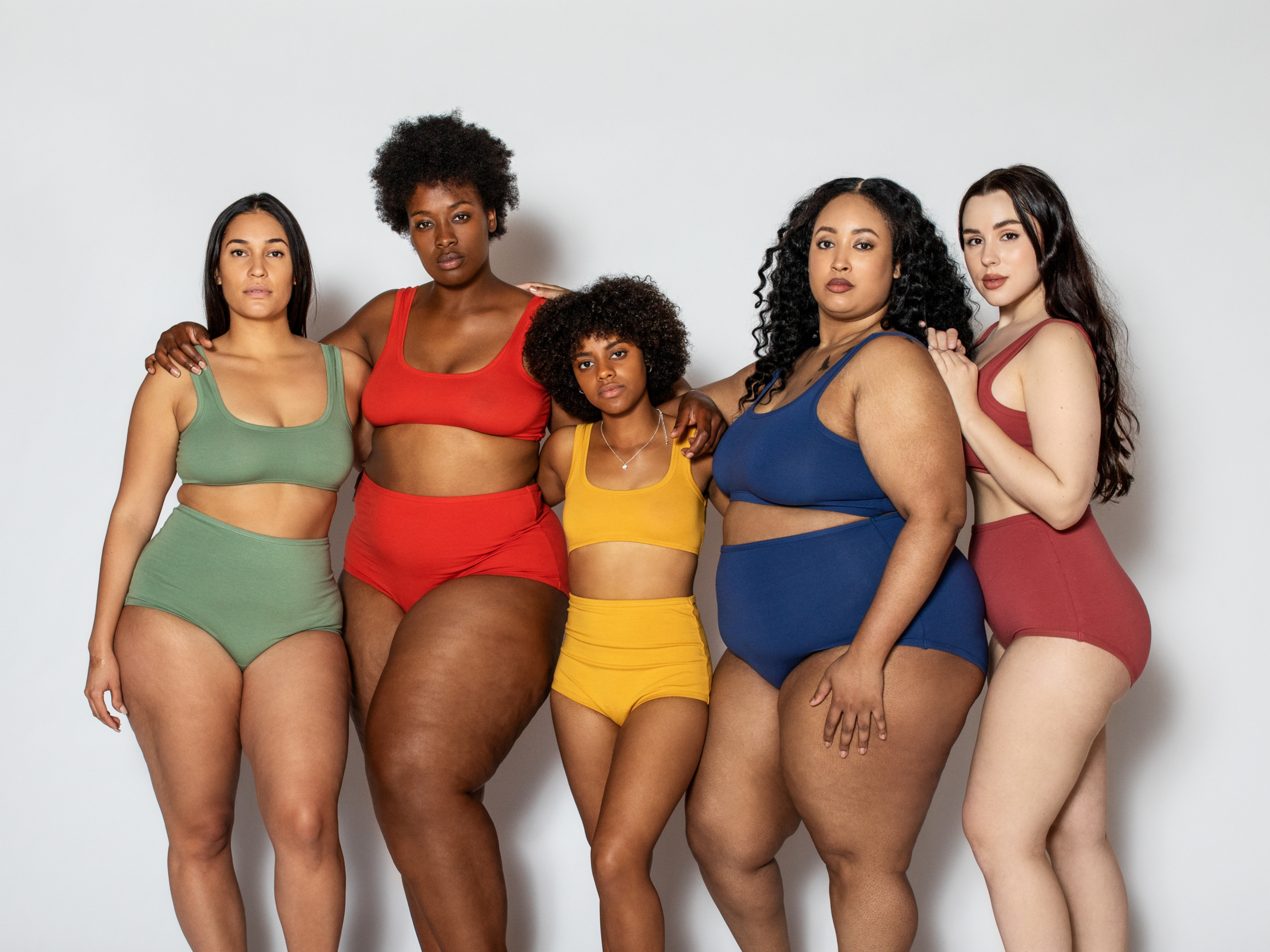Understanding David Kibbe Body Typing: A Complete Guide to Your Unique Silhouette
In the world of fashion and personal styling, the concept of body types has gained popularity over the years. One of the most comprehensive systems for categorizing body shapes is the Kibbe Body Typing system, developed by stylist David Kibbe in the 1980s. While numerous body typing systems exist, Kibbe’s approach is distinct due to its blend of physical characteristics, personality, and overall style identity. With an elaborate classification of 13 body types, each with unique attributes and recommendations, the Kibbe system goes beyond the typical classifications of “pear,” “apple,” or “hourglass.” Here, we’ll take a deeper dive into the Kibbe Body Typing system, exploring its significance for women seeking to embrace their natural beauty and style.

The Origins of Kibbe Body Typing
David Kibbe, a professional stylist, introduced his body typing system in his landmark book, *Metamorphosis*. The premise of Kibbe’s approach is simple yet profound: dressing according to one’s natural body type enhances one’s beauty and helps individuals feel more comfortable in their skin. Instead of merely fitting into rigid categories, Kibbe’s system addresses a spectrum of shapes and features, recognizing the infinite varieties of women’s bodies.
Kibbe based his method on two primary variables: **”Yin”** and **”Yang.”** Yin represents softness, femininity, and roundedness, while Yang symbolizes sharpness, masculinity, and angularity. By combining these elements, Kibbe delineates a variety of body types that reflect a wide range of physical traits.
The 13 Kibbe Body Types
The Kibbe system divides body types into five main categories: Dramatic, Romantic, Classic, Gamine, and Natural, each containing various subtypes. Here’s a breakdown of each major category and its associated subtypes:
1. Dramatic:
– Dramatic (D): Characterized by a tall, angular build with sharp lines and pronounced bone structure. Dramatics often have long limbs and relatively flat curves. Recommended styles include structured clothes, bold prints, and high contrasts.
– Dramatic Classic (DC): The refined blend of Dramatic and Classic. These women have balanced proportions with some angularity but still maintain soft femininity. Styles that incorporate tailored pieces with a hint of flair work best.
– Soft Dramatic (SD): This subtype retains the Dramatic’s height and angularity but combines it with softer curves. Midi dresses with defined waists and flowing fabrics enhance their silhouette.
2. Romantic:
– Romantic (R): Featuring a soft, rounded silhouette, Romantics have full busts, defined waists, and curvier hips. Feminine fabrics and silhouettes, such as draped fabrics, fit-and-flare dresses, and playful details are ideal.
– Romantic Classic (RC): Balanced yet curvy, this blend combines the structured nature of the Classic with the softness of the Romantic. Tailored pieces that highlight the waist are key to flattering their figure.
– Soft Romantic (SR): Similar to the Romantic, but with less defined curves and a gentle softness to the frame. Flowy skirts and softer fabrics are excellent choices for this body type.
3. Classic:
– Classic (C): Featuring balanced and symmetrical proportions, Classics possess a neat and elegant appearance. Timeless, structured styles in classic cuts work best, ensuring a polished look.
– Dramatic Classic (DC): This type merges the balanced features of the Classic with a bit more angularity. Their styles should incorporate structured pieces with some dramatic elements for visual interest.
4. Gamine:
– Gamine (G): Typically characterized by a petite frame with a boyish charm, Gamines can have angular features and a youthful demeanor. Shorter hemlines, playful patterns, and quirky accessories flatter this body type.
– Soft Gamine (SG): This subtype retains the energy of the Gamine but has softer, more rounded features. Feminine cuts mixed with playful details elevate their playful style.
5. Natural:
– Natural (N): Characterized by a relaxed, athletic build, Naturals have broader shoulders and a less defined waist. Effortless and casual aesthetics work well, such as relaxed tailoring and natural fibers.
– Soft Natural (SN): This subtype possesses a softer silhouette while maintaining a relaxed look. Styles emphasizing draping and flow are most appealing.
Discovering Your Body Type
Determining your Kibbe body type requires a bit of introspection, observation, and understanding of your unique features. Kibbe encourages individuals to look beyond size, as the system focuses on the overall silhouette, including bone structure, body lines, and softness.
To find your body type:
1. Analyze silhouette: Take note of your overall shape. Do you have angular features (more Yang) or softer curves (more Yin)?
2. Examine proportions: Look at the length of your limbs in relation to your body. Do you have a long torso with shorter legs or balanced proportions?
3. Consider your width: Observe the width of your shoulders compared to your hips. Are they broader, equal, or narrower?
4. Take note of your body’s softness or sharpness: This can influence whether you lean more into Dramatic, Romantic, or Natural types.
Once you have analyzed these aspects, compare your attributes with the detailed descriptions of the Kibbe types.
Dressing for Your Body Type
The key to the Kibbe system is understanding how to dress for your type. Every type has specific guidelines that enhance not just your body’s features but also your personality and style preferences. By clothing yourself in a way that challenges traditional beauty standards, you can accentuate your natural beauty and cultivate a sense of confidence.

Conclusion
David Kibbe’s body typing system offers an inclusive and nuanced methodology for understanding personal style. By categorizing bodies into 13 unique types, Kibbe encourages women to embrace their individuality rather than conform to narrow fashion ideals. Rather than focusing on body weight or size, Kibbe’s approach emphasizes understanding one’s natural silhouette and dressing accordingly. Whether you identify as a Romantic, Dramatic, or Natural, the ultimate goal is to appreciate your unique beauty and explore what makes you feel confident and expressive in your fashion choices. Allow your body type to guide you in constructing a wardrobe that resonates with who you are, helping you feel empowered and stylish in your every move.

